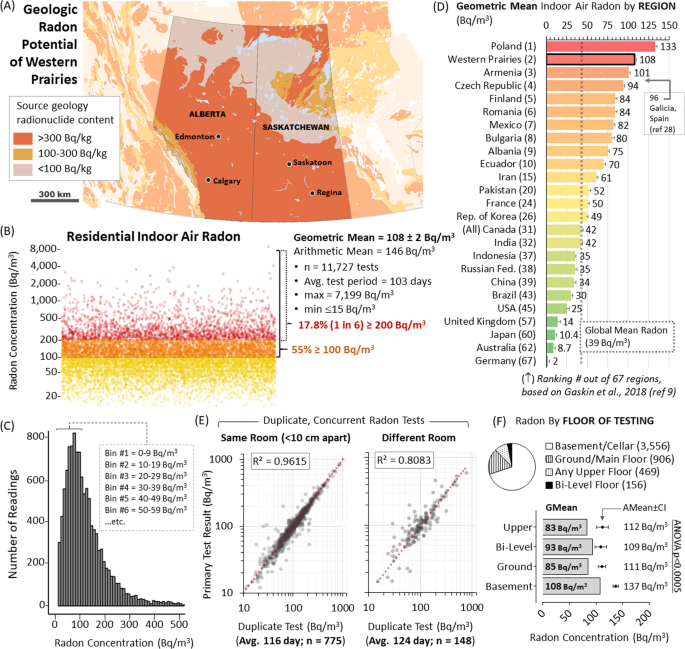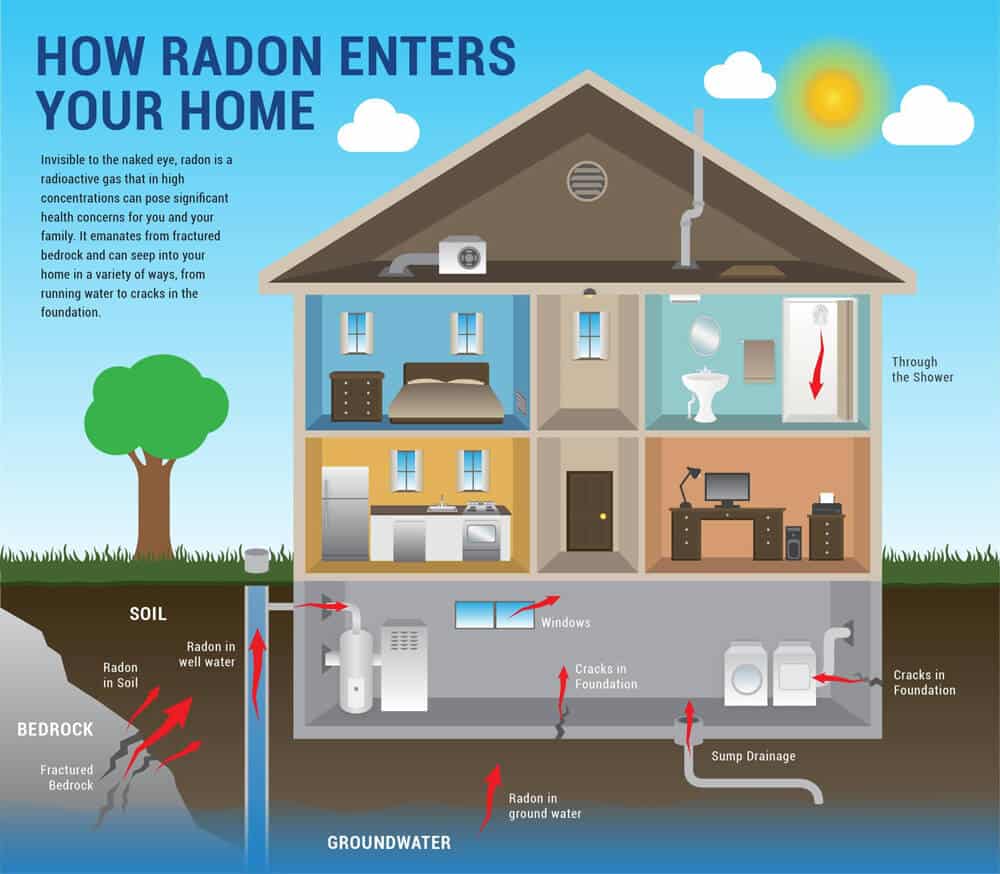What is radon gas? Is it unsafe?

Is radon really bad for you?
Breathing radon over time increases your risk of lung cancer. Radon is the second leading cause of lung cancer in the United States. Nationally, the EPA estimates that about 21,000 people die each year from radon-related lung cancer. Only smoking causes more lung cancer deaths.

The primary step in reduction is examining to see if the indoor-air and/or domestic water radon concentrations should be reduced. The World Health Company's International Radon Job has suggested an activity level of 100 Bq/m3 (2.7 pCi/l) for radon in the air.
Errors in retrospective exposure analysis could not be dismissed in the searching for at reduced levels. Various other research studies into the effects of residential radon exposure have not reported a hormetic impact; including as an example the appreciated "Iowa Radon Lung Cancer Study" of Area et al., which additionally made use of sophisticated radon exposure dosimetry.
Is radon mitigation really necessary?
When radon gas enters the body, it exposes the lungs to small amounts of radiation. In small quantities, experts say this is harmless. However, in persistent exposures or larger quantities, radon can damage the cells of the lining of the lungs, increasing a person's chance of developing lung cancer.
The first significant studies with radon as well as health and wellness took place in the context of uranium mining, first in the Joachimsthal region of Bohemia and then in the Southwestern United States throughout the early Cold War. Due to the fact that radon is a product of the radioactive degeneration of uranium, below ground uranium mines might have high focus of radon. Numerous uranium miners in the 4 Corners region contracted lung cancer cells as well as other pathologies as a result of high levels of direct exposure to radon in the mid-1950s. The searchings for were published in the journal Health and wellness Physics in 2008.
- Your danger of lung cancer cells increases substantially with exposure to greater radon degrees.
- Lung cancer cells risk rises 16% per 2.7 pCi/L increase in radon exposure.
- Radon gas is a naturally-occurring byproduct of the contaminated degeneration of Uranium in the soil.
- Relying on your geographical area, the radon degrees of the air you take a breath beyond your residence might be as high as 0.75 pCi/L.
- The nationwide standard of outdoors radon degrees is 0.4 pCi/L as well as it is estimated by the National Academy of Sciences that outside radon levels trigger about 800 of the 21,000 radon caused lung cancer deaths in the US yearly.
- The US EPA has placed it simply, specifying, "Any kind of radon direct exposure has some danger of creating lung cancer.
In the United States, roughly 14 states have a state radon programs which train and certificate radon mitigation service providers as well as radon measurement experts. If your state licenses radon professionals contact your state https://radon1.com/blog/ wellness division, to determine. Without the appropriate devices or technical expertise, radon degrees can actually enhance or develop various other prospective dangers and also added costs. A checklist of licensed reduction service providers is offered via state radon workplaces, which are detailed on the EPA site at/ radon/whereyoulive. html.
How hazardous is radon gas?
Radon-222 has been categorized by International Firm for Research Study on Cancer as being carcinogenic to human beings. There is sufficient evidence for the carcinogenicity of radon and also its degeneration products in humans for such exposures. He was informed that residing in the residence was the matching of smoking 135 packs of cigarettes a day, as well as he and also his family members had actually enhanced their danger of developing lung cancer cells by 13 or 14 percent.
How long does it take for radon to cause cancer?
Fact: You will reduce your risk of lung cancer when you reduce radon levels, even if you've lived with an elevated radon level for a long time. Keep in mind that radon levels below 4 pCi/L still pose some risk and that radon levels can be reduced to 2 pCi/L or below in most homes.